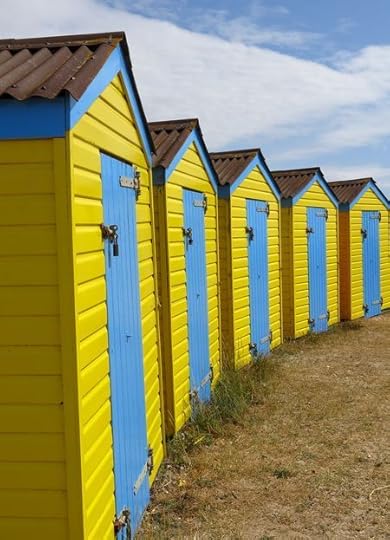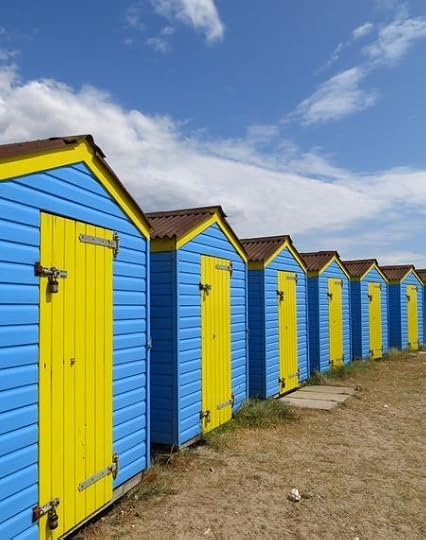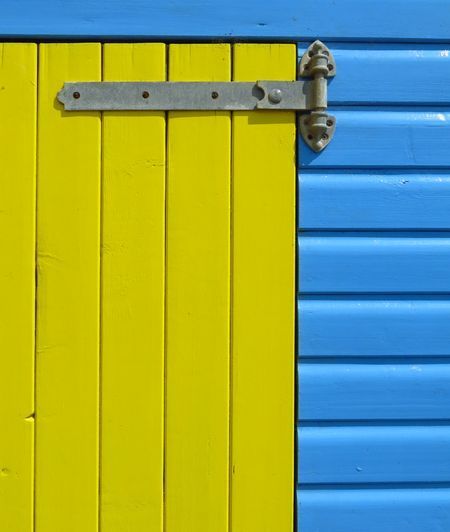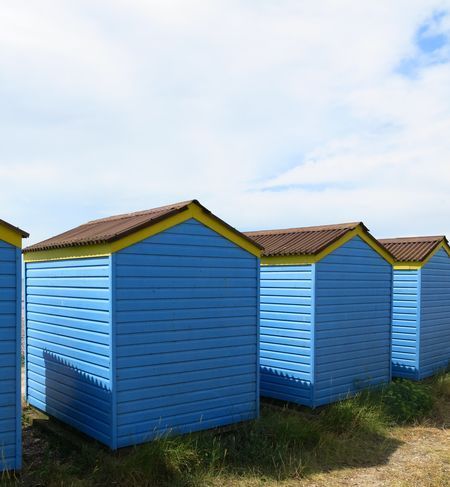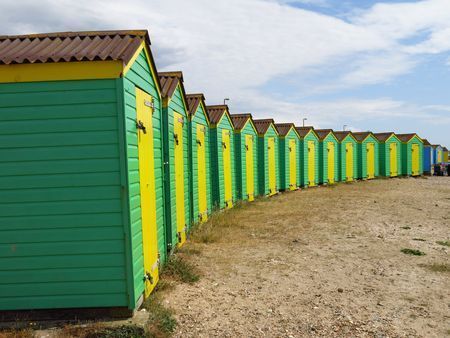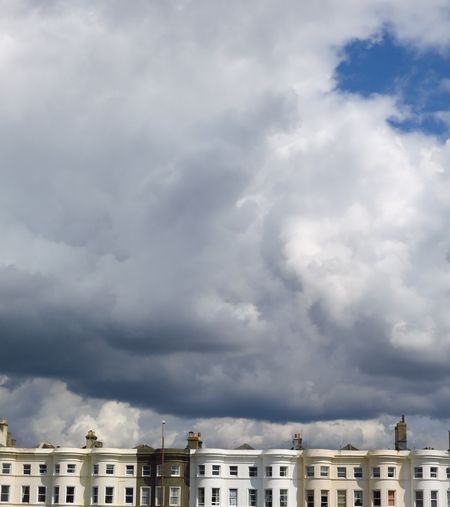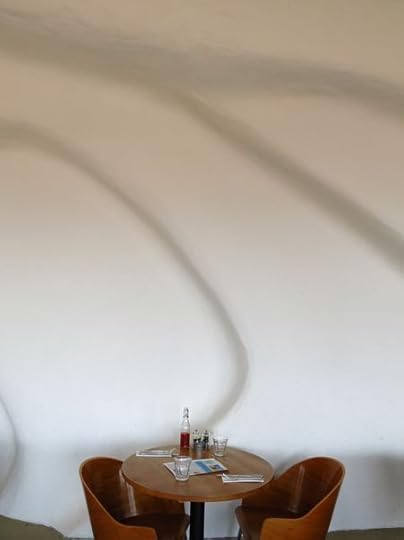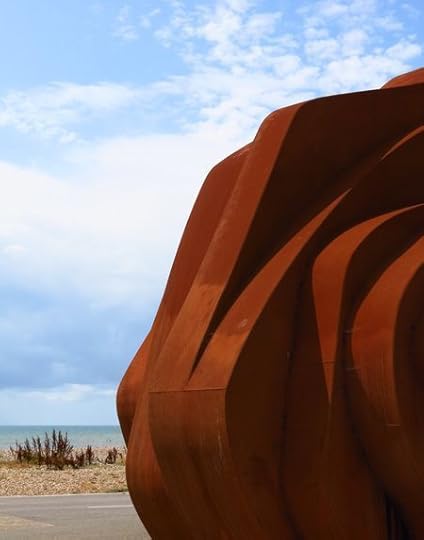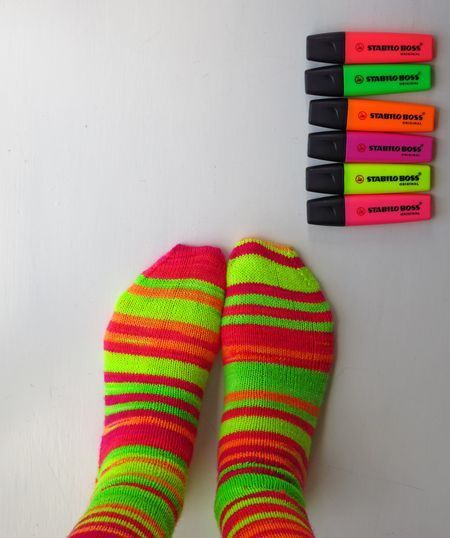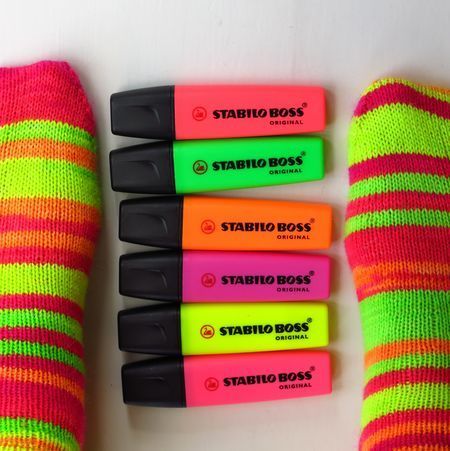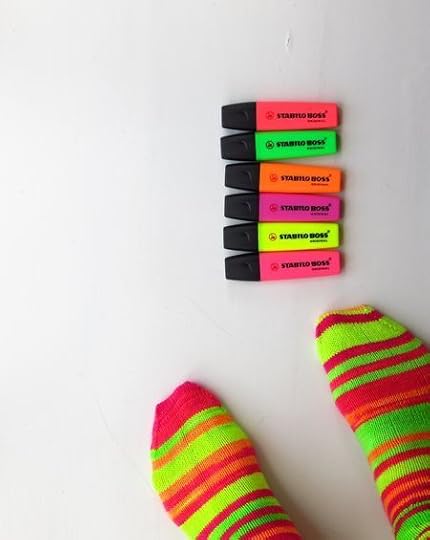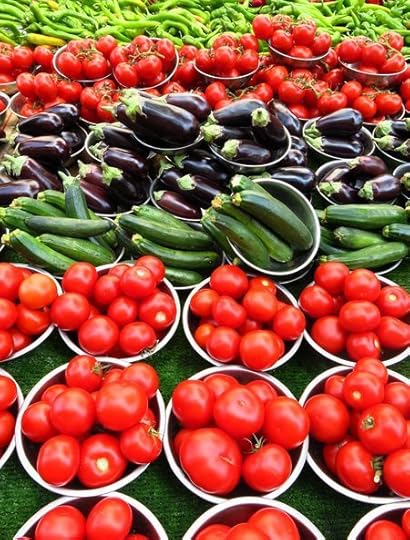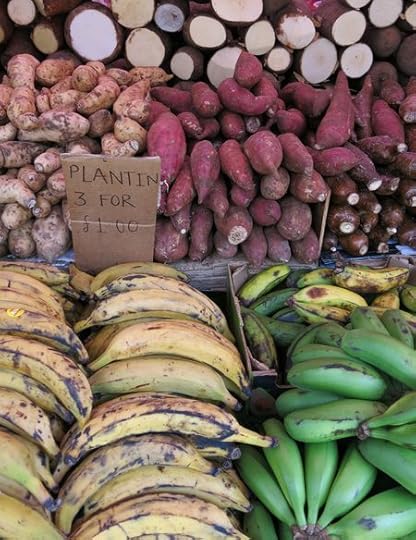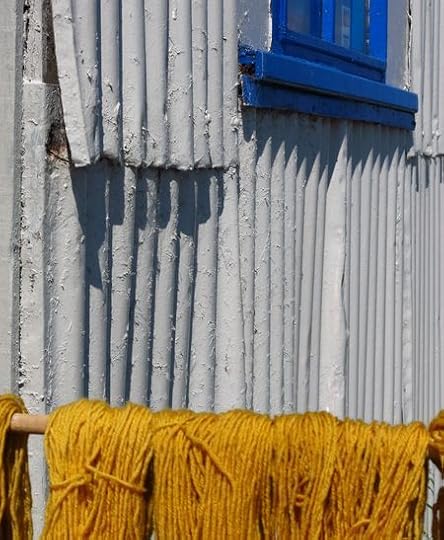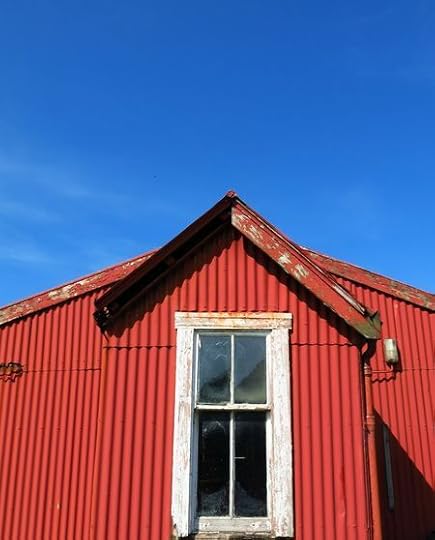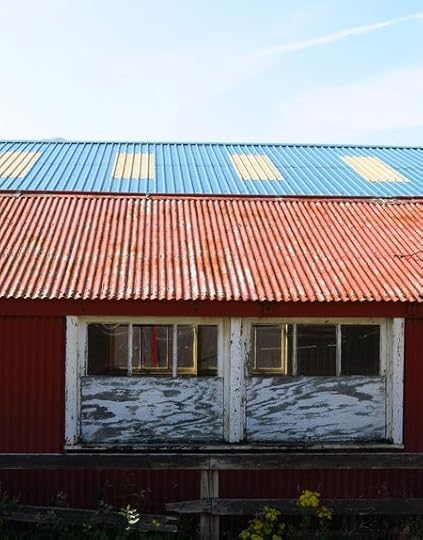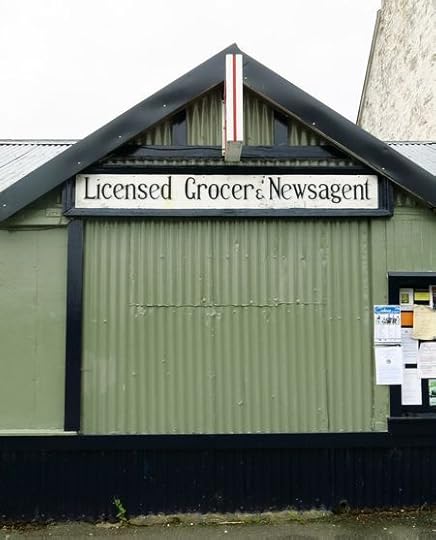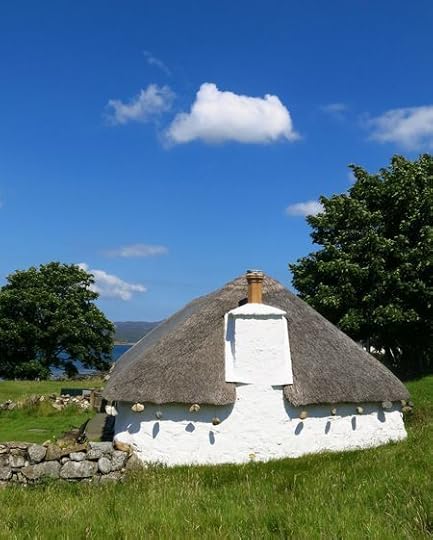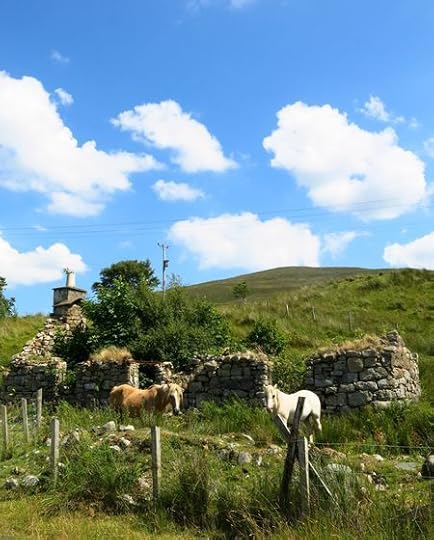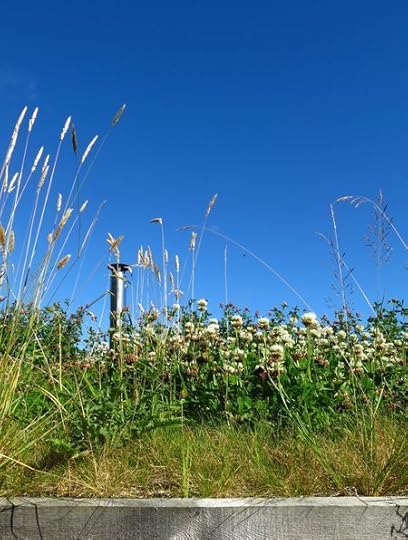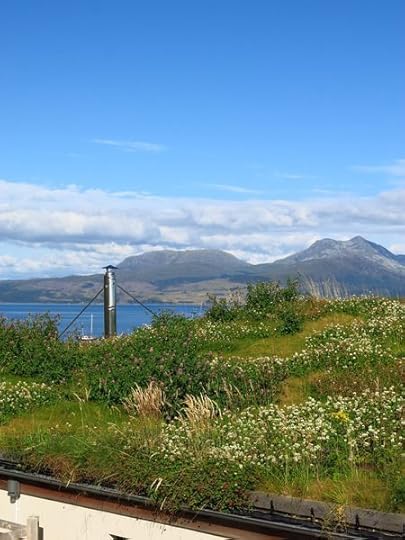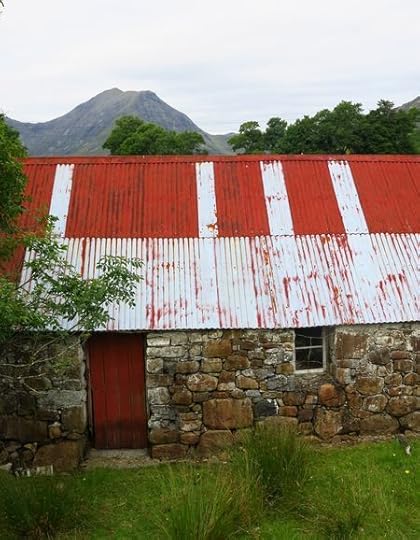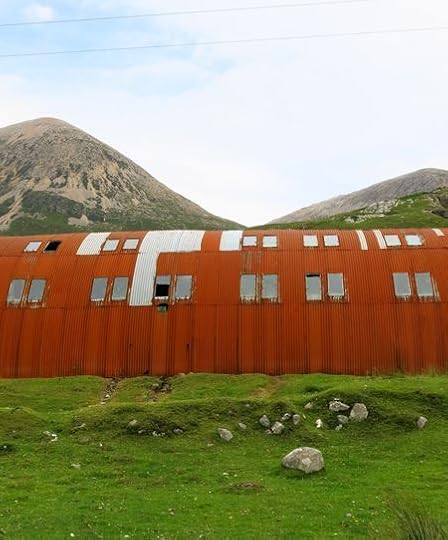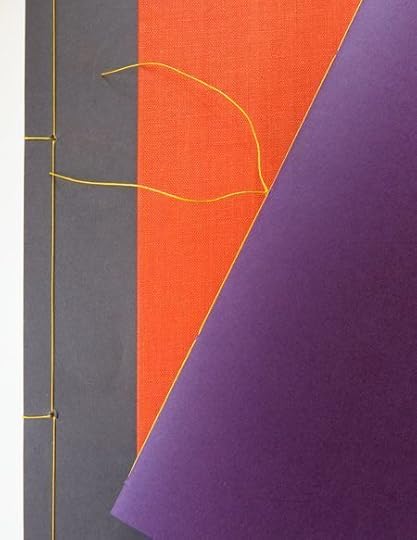Jane Brocket's Blog, page 2
August 10, 2014
note to self
Nine and a half years of blogging is a long time. A long time to share your domestic life, family life, creative life, cultural life. That's a lot of posts, a lot of photos, a lot of putting out. There have been innumerable compensations, and I was incredibly fortunate to be there in the early days of blogging when, for a short while, it was a fantastically exciting, innovative medium, and completely up for grabs. But blogging has moved on, my life has moved on, my children have moved on and I can't replicate the types of posts I used to write. Nor do I want to. I probably could if I really wanted to, but as the whole point of blogging for me was to be authentic and personal, it would be a hollow exercise.
So I think it's time to have a real break. I need a change. I need to earn enough money to feel I am getting a fair exchange for my work.
I'm also going to stop with Facebook for the time being. But I'll carry on with Instagram which is easy, fast and enjoyable (and there are lots of fellow early-adopter bloggers on there, too).
This is a note to myself because I need to keep this resolution and use my time wisely. But it's also a note of thanks to everyone who has ever read one of my posts, left a comment, looked at a photo, sent me an email, said hello at an event, and seen me to this point.
A bientot.
Jane
August 7, 2014
beach crescents
They are a far cry from the grand Georgian crescents of John Wood in Bath and John Nash in London, but the beach huts at Littlehampton are set out in equally appealing crescents with a similar repetition of design and detail. They are painted in the colours of the sky and the sun (and grass - some are green and yellow) and are some of the nicest beach huts I've come across.
I like the way the colours are reversed:
yellow doors on blue huts,
and blue doors on yellow huts.
And now I'm noticing corrugated iron properly, I appreciate the weathered roofs and the lovely ripple shadows they cast on their next door neighbours.
There must be something about a crescent with a strong repeat pattern of size, shape, colour and detail that is deeply attractive to the human psyche; it would be a hard person who didn't like these seaside versions of elegant, curved, eighteenth century terraces.
[I've just read this book which is very good but short, a useful introduction to the subject of corrugated iron buildings.]
August 5, 2014
turner clouds
If JMW Turner was never in Littlehampton, he was missing some good clouds.
Across the way from the early nineteenth-century, bow-fronted South Terrace is the wonderfully different East Beach Cafe, designed by Thomas Heatherwick (the back wall looks a little like an interesting cloud formation). It stands out on the long beach where there is little more than pebbles, water, sea kale, beach huts and sky to fill the scene which suits us fine - but it's undeniably better with refreshements.
I don't know if Turner liked tea and cake with his clouds, but we do.
August 3, 2014
highlighter socks
These have taken far too long, but at last my truly, madly, deeply neon socks are done. The extended knitting period was caused by the fact that I wasn't that keen on the very wide repeats and lack of stripe definition as shown on the photo on the ball-band, and by the fact that I had to buy a second 100g ball to finish the pair when it seems there is virtually none of this yarn in the country.
I may not have liked the programmed repeats but I do, however, love the different neon colours. So I decided to knit thinner stripes - mostly based on four rows - and to create greater contrast and alter the colour sequence by pulling out different sections from within and from the end. The more I knitted, the more I thought of the neon highlighter pens that seem to accumulate here on windowsills and in pencil cases. I always like the pink-yellow-orange-lime pens best, and the varying thicknesses of the stripes reminded me of the way you can make narrow or wide lines with the chubby felt-tips.
Even before I'd finished the first sock I could see I was going to be short of yarn for the second, depsite the fact that these are my usual size socks and nothing extra-large. So I scoured UK websites for another ball and eventuall tracked one down, but I could believe how different it was to the first. Admittedly it's a different dye lot but while it's bright it's also totally un-neon and even contains shades that didn't occur in the first ball. It took quite some planning to disguise the introduction of the new yarn but in end it worked out OK because I'd kept back some of the blisteringly hot pink (as opposed to the dainty pink in the new ball) which worked well with the paler new yarn. There are far too many ends to sew in for my liking because of the colour changes but, as it's still summer, the socks aren't needed just yet and can sit around on a windowsill or in a pencil case, looking very much at home surrounded by bright neon highlighter pens.
The sock pattern is in The Gentle Art of Knitting and the yarn is Regia Fluormania 'Rainbow' (4-ply).
[I'm now wondering if there are two version of this yarn. The less neon version seems to be available in the US while the the very neon version is the one in the UK (NB the one on eBay is exactly the same colour as the yarn I used but is 6-ply), even though my second ball came from a UK seller.]
July 31, 2014
festival of quilts
I shall be signing books on the Lady Sew and Sew stand (E9) at the Festival of Quilts from 11am to midday on Sunday 10 August. Do come and say hello.
July 30, 2014
go compare
I went to Peckham today on my way to meeting Alice and stepped into a fruit and vegetable shopper's paradise. Rye Lane has a fantastic concentration of greengrocers, all stuffed with tomatoes, plantains, mangoes, okra, bananas, aubergines, coriander, chillis (super-hot scotch bonnets), sweet potatoes and squash set out in generous and colourful displays.
I spent a happy hour wandering up and down and in and out while trying to work out how eight Romano peppers can cost £1 here while Waitrose sell two for £1.79, and five mangoes which cost a pound on Rye Lane would set you back £7.50 in Sainsbury's. It's not a mystery, as I well know, but being confronted with fair prices for fresh food does make me wonder at the gall of the major supermarkets - and the compliance of the customer.
July 29, 2014
wiggly tin
Last mentions of corrugated iron on Skye, but it seems that I have stumbled upon a subject that is of interest to more people than I first imagined.
[garage]
I didn't know it's referred to affectionately as 'wiggly tin' or 'wriggly tin', or that there is a Shire book on the subject (I have a feeling that Shire books must really be coming into their own these days instead of being slightly stuffy/nerdy), or that 'tin tabernacles' merit a book of their own, or that there are Flickr pools devoted to corrugated iron buildings, or that there people like Philip Wilkinson writing about them from a balanced architectural and historical perspective (see here and here) and Anne Ward who writes about them as an amateur enthusiast (on this excellent blog and this excellent website).
[old garage and new, separate, garage with modern corrugated metal roof]
But now I do, and it makes me happy to see that these prototype prefab buildings are enjoyed, sought out, 'collected', photographed, defended and supported by so many people. I'd like to think it's not just nostalgia that causes this, but that there's also a good reason to keep them standing, to use them, stay in them even, and to see them as an integral part of architectural history, and of the development of cheap, quick-build, effective and highly atmospheric structures.
[Broadford, since the 1890s]
Added: Just come across this book which looks great. I also put several photos of wiggly tin on Instagram and received some interesting comments.
July 23, 2014
skye roofing
More looking at roofs, thinking about roofs, finding interesting roofs.
Or not.
[Top photo: a rare example of a traditional Skye thatched roof with stones to hold it down. Bottom photo: not so rare example of a roofless crofter's cottage.]
July 22, 2014
over my head
Like many people, I guess, I pretty much take the roof over my head for granted; as long as one is there and it isn't leaking or being blown off by a storm, I don't give it much thought. Coming to Skye, though, has made me consider roofs in a new way.
We are staying in a single-storey house by the water's edge with a view of mountains and forests and ever-changing cloud formations, and it has a flat, turf roof which is currently covered in pink and white clover, local grasses and plants I can't name. It looks beautiful as we approach it down the hill (it's set just above the seaweed-covered shoreline) and blends in with the rowan trees and foxgloves and ferns roundabout. But more than that, it creates excellent insulation and has fine green/eco credentials.
Fired by this growing interest in roofs, I've been looking a various types as we drive around the island and reading about Skye buildings in the books on the shelves here. There isn't a great deal of literature on Skye architecture, but I have found out that the crofters' stone cottages used to have thatched roofs which was warm and cosy. However, they were later forced by landowners to replace it as it was deemed unhealthy and germ-harbouring, even though it could be easily be removed, burned and replaced after illness in the house.
Instead, they had to use the new, cheap, modern material of corrugated iron which is noisy, draughty and, in a single layer, very inadequate when it comes to insulation, although it lasts well and looks amazing when it's old and picturesquely rusty - to someone who doesn't live under it.
Nevertheless, there are still many small buildings here with corrugated iron roofs - newsagents, sheds, barns, houses - which are fully functioning, and the mix of old stone and new iron has become an accepted part of the landscape rather than an eyesore (according to one well-known book, corrugated iron was considered very unaesthetically pleasing).
Modern houses now have slate or tiled roofs, but there is also a wonderful new style of Skye buildings pioneered by Dualchas which takes old vernacular styles and types (sheds, byres, agricultural buildings) and turns them into brilliantly designed, light-filled and energy-efficient dwellings and offices made from Scottish materials such as larch, birch, slate and stone (several have modern corrugated metal roofs).
From now on I'll not just thankful for a roof over my head, but also thankful if it happens to be beautiful, interesting, and, importantly, well-insulated.
[I never thought I'd be recommending reading about corrugated iron in rural Scotland, but this study is really good.
July 14, 2014
making books
It's hot and sunny, and I just want to go outside and collect cerinthe, foxglove, marigold and poppy seeds before they fall. But I'm indoors, working away on the first yarnstorm press title which will be going to the printers very soon.
I went round and round in circles trying to work out how to produce a book. It had to be easy, I reckoned, otherwise there wouldn't be so many in the world. But it didn't seem that way when I was beginning the process, and I got very tangled up trying to plan it all. In the end, I decided to abandon all ideas of dates and deadlines, and instead simply take it one step at a time and make each decision when it was required and not in advance. And even without the contents, ISBN, bar code, proof-reading, fact-checking etc there are so many small decisions about the book itself: size, paper, colour, typefaces, cover, spine, bar code, price, and all the teeny-tiny details of design that influence the look of a book.
It's been a really interesting process and very enjoyable once I realised that, as the publisher, I can work to my own timetable. It took me a long time to get started because I was thinking too far ahead and worrying about what-ifs. Finally, I saw that the only way to make a book is to just do it. No amount of thinking and talking and planning will make a book unless you write it, design it, print it, and offer it up to be read. So that's what I've done and soon I'll be able to see the results. The book is the first in Jane Brocket's Grand Provincial Tour series ('travel with a Brocket in your Pocket') and it will be available in early autumn via this blog, on Big Cartel, and in selected bookshops. (I've yet to make up my mind about Amazon.)
I've also begun to learn how to make books with paper and a needle and thread. Ever since my visits to the former Soviet Union, I've been fascinated by the idea and practice of samizdat, and I reasoned that I might as well have a go at seizing the means of production and finding out how I could make a book from start to finish. Yesterday I did an excellent bookbinding workshop at the London Centre for Book Arts and came away with three books. They have blank pages but as I can supply the words and pictures to go on pages, I now have the means to make a book, something that feels very exciting and liberating.
The seeds will have to wait until later, while I carry on at the computer, make final printing decisions, and think about hand-stitched bindings. It's not a bad trade-off.
(The blog break will resume now.)
Jane Brocket's Blog
- Jane Brocket's profile
- 27 followers


